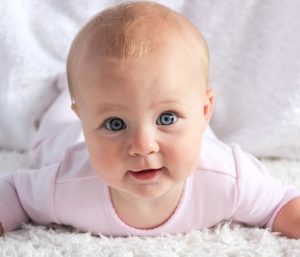Before you read Part 2 of Lindsey’s interview, make sure to go back and take a look at Part 1! In Part 1, we discussed Finn, the diagnostic journey for SELENON, and why the Curley family was looking to enhance their advocacy and awareness measures. Today, in Part 2, we’ll go over the realities of living with a rare disease, “Swings for Finn,” and advice for the newly diagnosed.
The Struggles of a Rare Disease Diagnosis
As the Curley family has navigated SELENON and life with a rare disease diagnosis, they have also faced a number of challenges. One of the first is helping Finn navigate daily life. Says Lindsey:
“To everyone else, Finn looks like a normal boy. I don’t like to say that though because he fights so hard every single day to navigate life. He can’t get out of bed on his own. He has to be careful when he’s stepping over something. If he’s not feeling the best, he may not eat well that day, which depletes his energy. Every week, he goes to physical therapy but it isn’t to rehabilitate or build muscles; it’s to show him how to navigate normal things, like putting on his shoes by himself, going up the stairs with something in his hands, or bending over. We haven’t crossed the bridge of potty training yet, because a toilet on the floor is too low for him to sit and stand back up and a toilet with stairs is difficult and dangerous for him.”
For now, many doctors are just monitoring Finn and his progress. Although Lindsey understands this, she finds it frustrating, particularly because she hopes to see more research and understanding in the future.
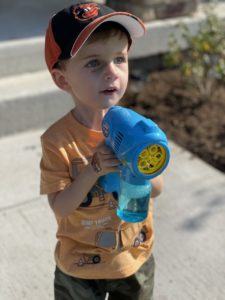
The lack of awareness is also something which Lindsey feels is imperative to address. Lindsey wants to explain SELENON to more people; she even finds it to be a nice release when she is explaining the condition to her friends and family, allowing them to get invested. But it can be difficult to explain a rare disease to a doctor, particularly when the individual with the rare disease needs extra help. As an example, Lindsey tells the story of a time when she had to take Finn to the local hospital for dehydration:
“I was trying to explain that we were there because he was dehydrated due to being ill and had no energy reserves. Hypoglycemia is concern for people with SELENON and other muscular dystrophies, and his blood sugar could become dangerously low. He wasn’t eating or drinking, and I had no idea how to get him to do so. The doctor said that he would give Finn an IV, but it was frustrating to me that I wasn’t being taken seriously.. What if I couldn’t get him to eat or drink again when we got home? Would I just have to keep taking him back again and again?”
Listening vs. Understanding
This lack of understanding is not the doctors’ fault, Lindsey stresses. She understands that SELENON is rare and no doctor can be well-versed in every single health issue, including rare diseases. But, she says, this is what she means about listening and understanding:
“Sometimes doctors are listening to me, but they’re not understanding or trying to understand. I wish they would ask more questions to understand, so that we can dig deeper. One of the reasons we ended up moving from Kennedy Krieger to Children’s National in D.C. is that I needed more reassurance that I wouldn’t have to walk in every time and explain his condition.”
The final challenge of the SELENON diagnosis is the lack of research. Currently, there are two doctors overseas who are doing research into SELENON and one doctor in Boston at the Beggs Lab. Lindsey shares:
“The sheer number of people who want to do research into SELENON is limited. It’s unfortunate that people with rare disorders have to fight so hard to get people to take interest.”
So the Curley family decided to take matters into their own hands and spur research and advocacy their own way – through Swings for Finn.
Swings for Finn
In December 2021, Lindsey was working, taking care of her children (including the newly born Rowen), and trying to figure out how she could get more involved in advocacy work. That’s when she, Ronnie, her family, and Ronnie’s family got together on a Skype call. Ronnie’s cousin, Travis, said that they all wanted to work together to help Ronnie and Lindsey plan an event – the 1st Annual Swings for Finn golf tournament. Just over seven months later, in July 2021, the Curley/Van Coutren/Holmes family raised $80,000 to support Cure CMD. Lindsey shares:
“A few people asked me how we did it, especially because raising that much money is almost unheard of! Most golf tournaments only raise $5-10k on average so to raise that amount of money was amazing. It definitely wasn’t easy, but I’m so thankful that we had so many family members and friends chipping in, and the community rallying behind us.”
In the seven months it took to plan and execute the event, Ronnie’s mom set up the website and coordinated all the logistics with the golf course. Lindsey took over social media, and Ronnie, his brothers and sister, Ronnie’s dad, Lindsey’s parents, Travis, and extended family all began reaching out to raise awareness, gain sponsors, and enroll golfers. One of the most rewarding parts, Lindsey said, was seeing all of the good in the world; how people want to do good things for the right reasons. It takes a lot for people to be vulnerable and share their stories, but the outpouring of love and assistance blew the Curleys away. Altogether, just under 300 people showed up for the first annual event.
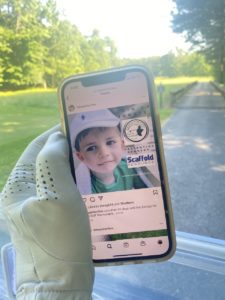
Even more excitingly, the $80,000 raised for Cure CMD helped to fund two research grants to spur future research.
The Second Annual Swings for Finn Tournament
The second annual Swings for Finn golf tournament took place on June 13, 2022. When Lindsey and I first sat down for our interview, they were on track to raise around $60,000 for Cure CMD. But after checking in, Lindsey shared that the event went off swimmingly, and raised around the same amount as last year – $80,000. In the future, Lindsey and Ronnie hope to continue running golf tournaments for as long as people are interested and enjoying themselves. But, Lindsey shares:
“We also want to plan something else, like a gala, a race, or another type of event, where people can come get involved in person. Maybe Swings for Finn can happen in the summer and for those who want to get involved but don’t play golf, we can have another event in the winter.”
Above all else, Lindsey is just so thankful for the community and for those who have donated to make a difference.
Advice for the Newly Diagnosed
Even though Lindsey and Ronnie have been learning about SELENON for the past two years, throughout the diagnostic journey, there are still hard days. And she wants to remind people, especially if experiencing a new diagnosis, that it’s okay to have those hard days. That it’s alright if you’re finding it hard to cope. She shares:
“It’s okay to talk about the good days and the bad days. You can’t fix the bad and you want to be there to celebrate the good too. Some days, my coping mechanism is pretending that there’s no issues and today is going to be normal. Nobody is going to fall, Finn is going to eat well, and he’s not going to hate putting his braces on. But some days there’s a bad day and it’s a really bad day. It’s okay to sometimes say, ‘I need a timeout right now to process.’ This journey is hard but you will start figuring out ways to support yourself and those around you.”
One way to support yourself is to accept help from others. For Lindsey, she had a lot of family and friends rally behind her. But even if your family is not close, Lindsey reminds everyone that you can – and should – ask for help if you need it. It’s okay to be vulnerable and to seek out help, whatever that means for you:
“You’re fearful of the diagnosis and those fears are normal. The diagnosis impacts everyone in your home. If you need to speak to a professional, you should. If there are nonprofits or other organizations that can provide you with resources, take advantage of that. There are people who want to be a support system, but you have to be ready to open up and let that help in.”
In the end, Lindsey says, she is always willing to speak to anybody who wants to talk more about SELENON – the condition, the diagnostic process, the research, how to advocate and raise funds, how to teach others about the impact of a potential treatment. If you are interested in speaking with Lindsey, please contact [email protected] and we will do our best to facilitate that connection.


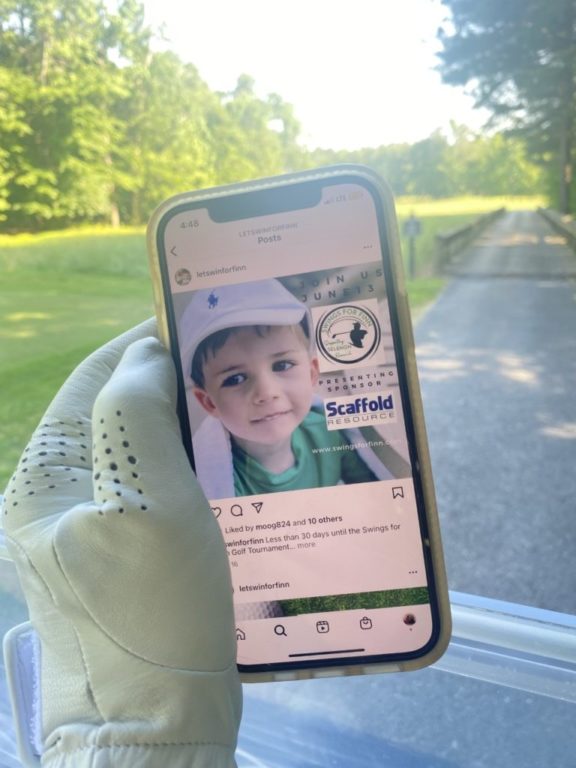
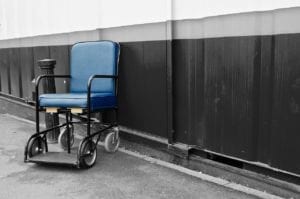
-300x300.jpg)
